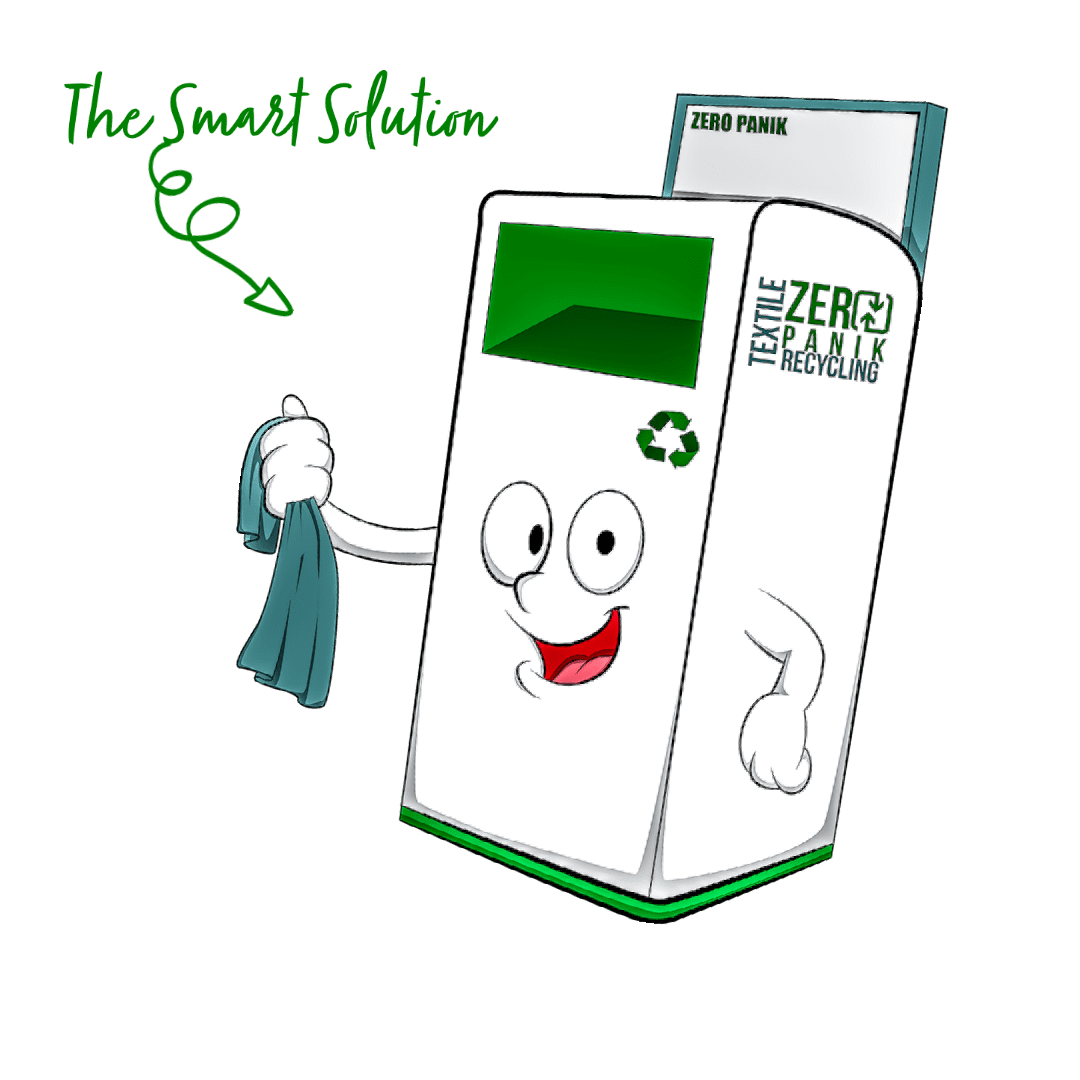Give Your Textiles a Second Life
THE FABRIC OF OUR FUTURE
How Innovation is Weaving Sustainability into the Textile Industry
What Are Textiles?
Textiles are integral to our daily lives, woven into everything from the clothes we wear to the homes we live in. They are broadly categorized into three main types, each serving a distinct purpose.
Apparel
The everyday clothing that makes up our wardrobes, from shirts and pants to jackets and accessories.
Home Goods
Fabrics that furnish our living spaces, including bed linens, curtains, upholstery, and carpets.
Technical Textiles
Engineered fabrics for specific functions, such as vehicle interiors, protective gear, and industrial tarps.
The Sustainability Challenge
The traditional textile lifecycle contributes significantly to environmental strain. A vast majority of textile waste ends up in landfills, creating a linear model of ‘take, make, dispose’. This highlights a critical need for change through recycling and raw material reduction.
Annual Textile Waste
92M
Metric Tons Globally
Innovation: The Solution
To combat waste and environmental impact, the industry is turning to innovation. By integrating new functionalities directly into fabrics, we can create textiles that are more durable, versatile, and sustainable, reducing the need for harsh chemicals and extending product life.
Impact of Key Textile Innovations
This chart compares the positive environmental impact of different textile innovations. Higher bars indicate a greater positive effect, such as reducing water usage, minimizing chemical dependency, and significantly extending the fabric’s usable lifespan before it needs to be recycled or replaced.
A Circular Vision for Textiles
Innovative textiles are designed for a circular economy. This model shifts from a linear path to a continuous loop of use, reuse, and recycling, dramatically reducing waste and conserving raw materials for a healthier planet.
